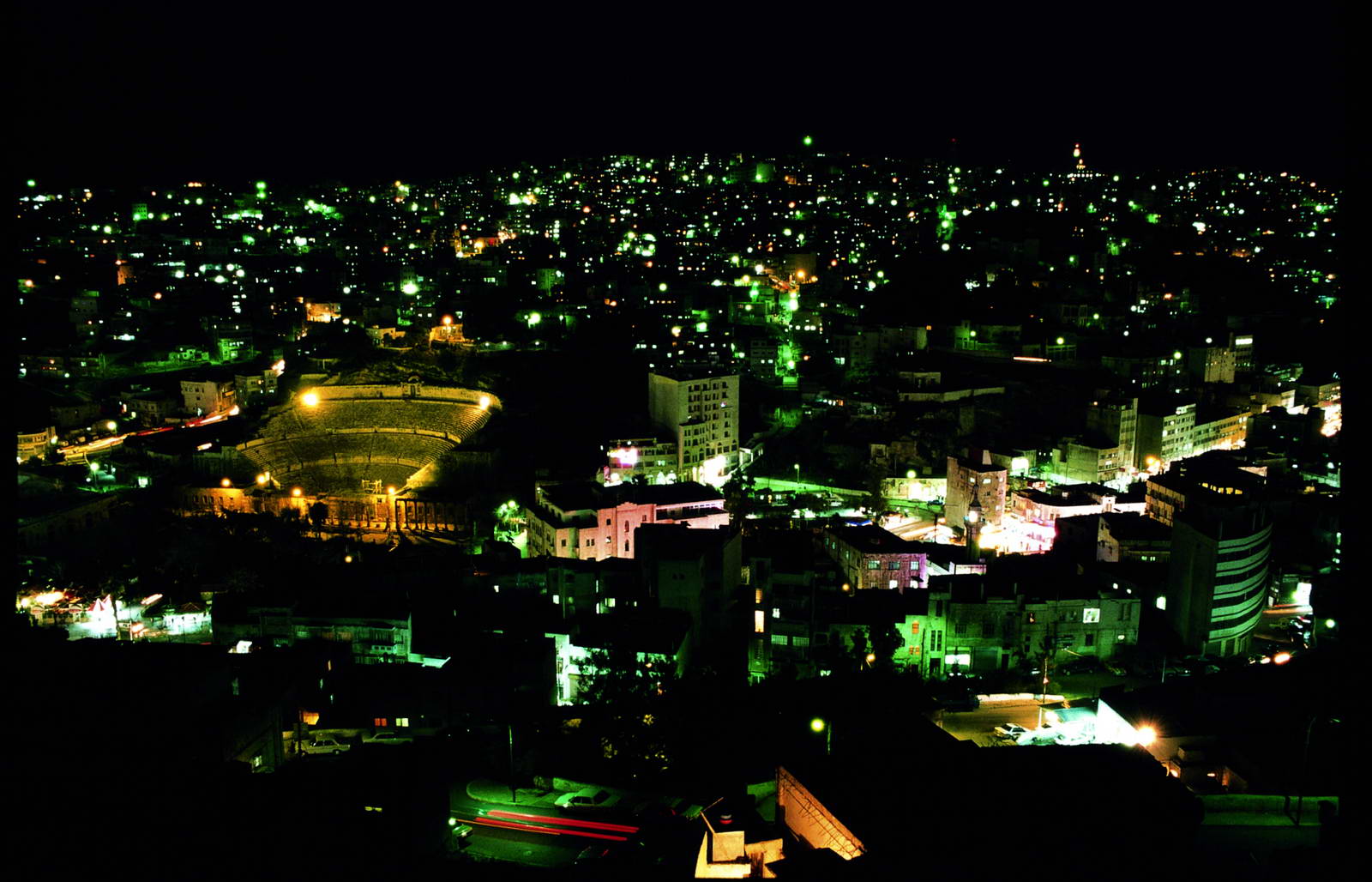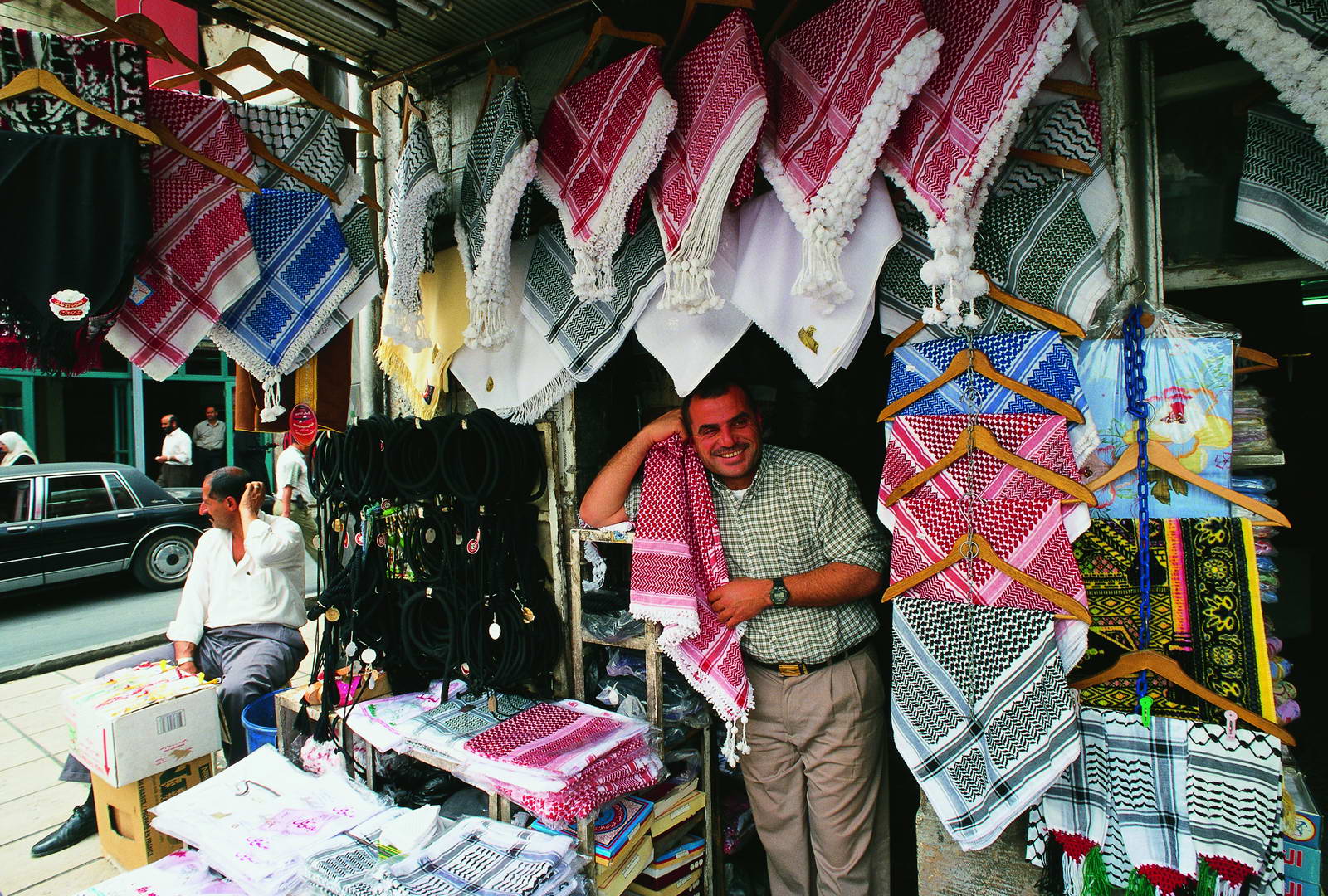Discover Amman on a captivating full-day tour, exploring Jordan’s vibrant capital, one of the world's oldest continuously inhabited cities. Built on seven hills, Amman boasts historical treasures from the Stone Age to Roman rule. Walk through its ancient ruins, Byzantine cathedrals, and Ottoman-era markets while experiencing the warm Jordanian hospitality.
Whether you're a history lover, culture enthusiast, or first-time visitor, this guided Amman tour offers an immersive experience with stunning viewpoints, bustling souqs, and legendary landmarks.
Book Your Tour Online Now
(Entry Fees & Tour Guide NOT included)
Searching Availability...
Tour Highlights:
- Airport pickup and drop-off available from Amman International Airport for an additional starting from $30
- Professional English-speaking driver
- Convenient home/hotel pickup and drop-off service
- Modern, air-conditioned vehicles for comfortable travel
- Note: Entry fees, local site guides, meals, and tips are not included
The Rich History of Amman
Amman's history between its Biblical era and the Ptolemaic period remains somewhat mysterious. We know the city was renamed Philadelphia after the Ptolemaic ruler Philadelphus in the 3rd century BCE. After periods of Seleucid and Nabatean rule, Philadelphia came under Roman King Herod's control in 30 BCE. The city was part of the Decapolis League, a loose confederation of ten Roman-governed cities including Arbela (Irbid), Jerash, Gadara (present-day Umm Qais), Pella, and others. Under Roman governance, Philadelphia was redesigned and rebuilt in classic Roman style with colonnaded streets, an amphitheater, baths, and impressive public buildings.
Modern Amman's story began in the late nineteenth century when the Ottomans settled Circassian emigrants there in 1878. Many of their descendants still call the city home today. During this period and the early twentieth century, the neighboring city of Salt was more significant as a political and administrative center. However, after the Great Arab Revolt established Transjordan, Emir Abdullah bin al-Hussein made Amman his capital in 1921.
Since then, Amman has experienced tremendous growth, becoming a thriving modern metropolis of over one million residents. The city's expansion has been largely influenced by regional political events, particularly the Arab-Israeli conflict. Following the 1948 and 1967 wars, successive waves of Palestinian refugees settled in Amman. The population further increased with another influx of refugees from Iraq and Kuwait during the 1990-91 Gulf Crisis.

Since that, Amman has grown by leaps & bounds into a thriving modern city of more than a million folks. The growth of Amman has been flourished mainly by political activities in the area, and particularly by the Arab-Israeli clash. Following the battles of 1948 & 1967, consecutive waves of Palestinian expatriates concluded in Amman. Moreover, Amman’s population was further swelled by another wave of expatriates arriving from Iraq & Kuwait at the time of the 1990-91 Gulf Crisis.
Sightseeing In Amman
Most of Amman's significant historical sites are concentrated in the downtown area, which lies at the base of four of the city's seven hills. The old Citadel, perched atop Jabal al-Qala'a, makes an excellent starting point for city exploration. Here you'll find the remains of ancient Rabbath-Ammon and numerous Roman, Byzantine, and early Islamic artifacts.
The Citadel's most remarkable structure, known as al-Qasr, dates to the Islamic Umayyad period. While its exact purpose remains unclear, it features an impressive gateway, an audience hall, and four domed chambers. A colonnaded street runs through the building, and to the north and northeast, you can explore the ruins of Umayyad palace grounds.
Near al-Qasr are the remains of a small Byzantine cathedral. Corinthian columns mark the site of this cathedral, believed to date from the 6-7th century CE. About a hundred meters south stands what is thought to be a temple of Hercules, now also known as the Great Temple of Amman.
Just northwest of the Temple of Hercules, you'll find the Jordan Archaeological Museum, housing an excellent collection of artifacts spanning from prehistoric times to the fifteenth century.

Downhill from the Citadel and a five-minute walk east from Downtown stands the Roman Theater, the most impressive remnant of ancient Philadelphia. Similar in design to the amphitheater in Jerash, it can accommodate 6,000 spectators and is still occasionally used for cultural and sporting events.
Two small museums are built into the Roman Theatre's basements. The Jordan Folklore Museum on the right side displays collections illustrating local people's daily life, while the Museum of Popular Traditions showcases traditional Jordanian costumes, including delicate embroidery and beautiful antique jewelry. It also houses several 6th century mosaics from Jerash and Madaba.
To the northeast stands the small Odeon theater, constructed around the same time as the Roman theatre. With 500 seats, it's now used for musical concerts. Heading southwest, you'll discover Philadelphia's main fountain or Nymphaeum, backing onto Quraysh Street.
From the Nymphaeum, a short walk leads to the King Hussein Mosque, surrounded by juice stands, vendors, and pedestrians. This area is the heart of modern downtown Amman. The Ottoman-style mosque was rebuilt in 1924 on the site of an older mosque. Between the al-Husseini Mosque and the Citadel lies Amman's famous gold souq, featuring row after row of glittering gold treasures.

Connect Your Amman Experience with Other Jordan Adventures
While exploring Amman, many visitors choose to combine their city tour with other remarkable destinations in Jordan. Popular options include:
- Amman and Dead Sea excursions: Combine urban exploration with a float in the mineral-rich waters
- Jordan Private Tours offers customized itineraries to meet your specific interests
- Jordan Trip packages that include Amman and other major attractions
Whether you're planning a comprehensive Jordan tour or looking for a day trip from Amman to Petra, starting with an Amman city tour provides an excellent introduction to the country's rich history and culture. Many visitors find that Petra tours from Amman are easily combined with time in the capital, allowing you to experience both ancient wonders and modern Jordanian life.
Discover the many layers of history, culture, and hospitality that make Amman a must-visit destination on your Jordan adventure.
Frequently Asked Questions About Amman Full-Day Tours
1. How long does an Amman city tour take?
A full-day Amman tour typically lasts 6 to 8 hours, covering major historical and cultural landmarks.
2. What are the top attractions included in an Amman full-day tour?
The tour usually covers:
- The Citadel (Jabal al-Qala’a)
- The Roman Theatre & Nymphaeum
- King Hussein Mosque & Downtown Souqs
- The Jordan Archaeological Museum
3. Is an Amman private tour available?
Yes! We offer private tours for those looking for a personalized experience with a flexible itinerary.
4. What should I wear for an Amman city tour?
- Comfortable walking shoes
- Light, breathable clothing (summer)
- Jacket or sweater (winter months)
- Sunglasses & hat for sun protection
5. How do I book an Amman city tour?
You can book online through our website for the best price & instant confirmation.


